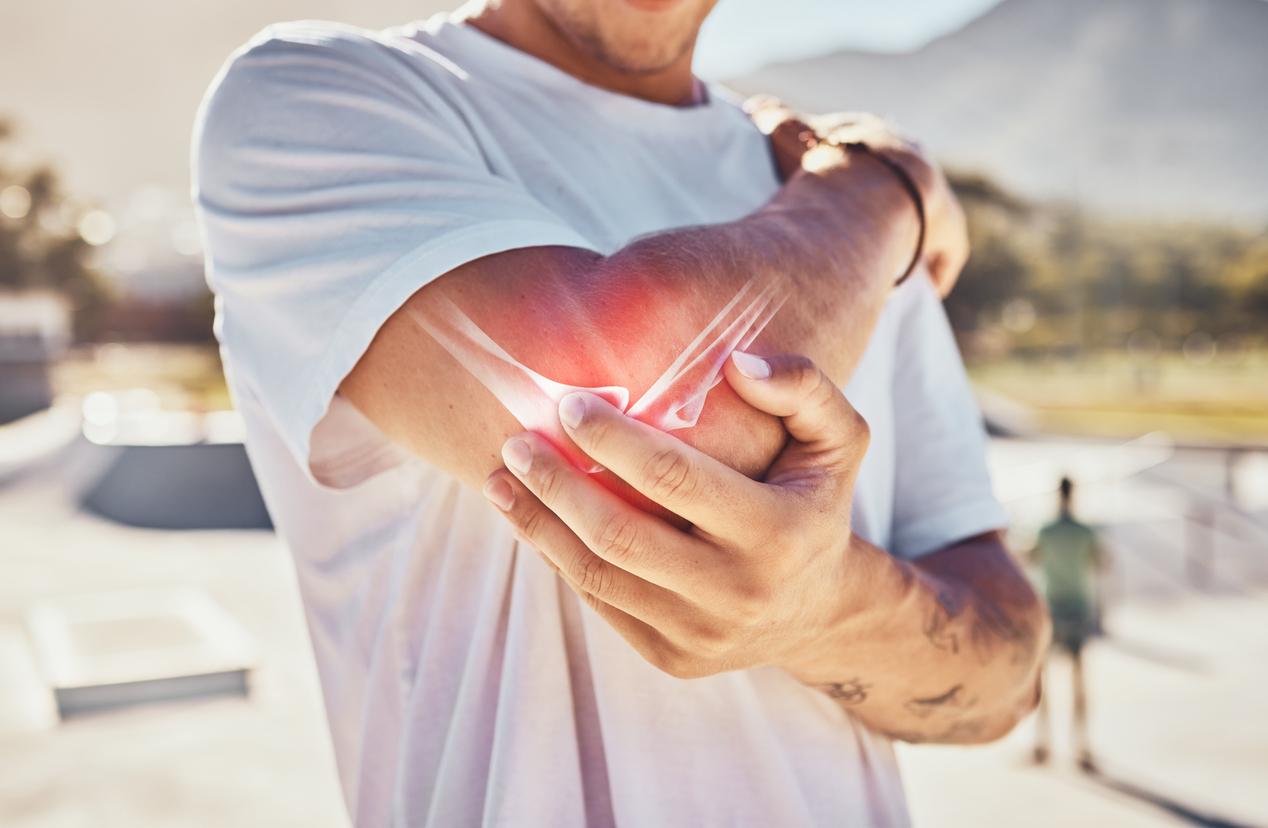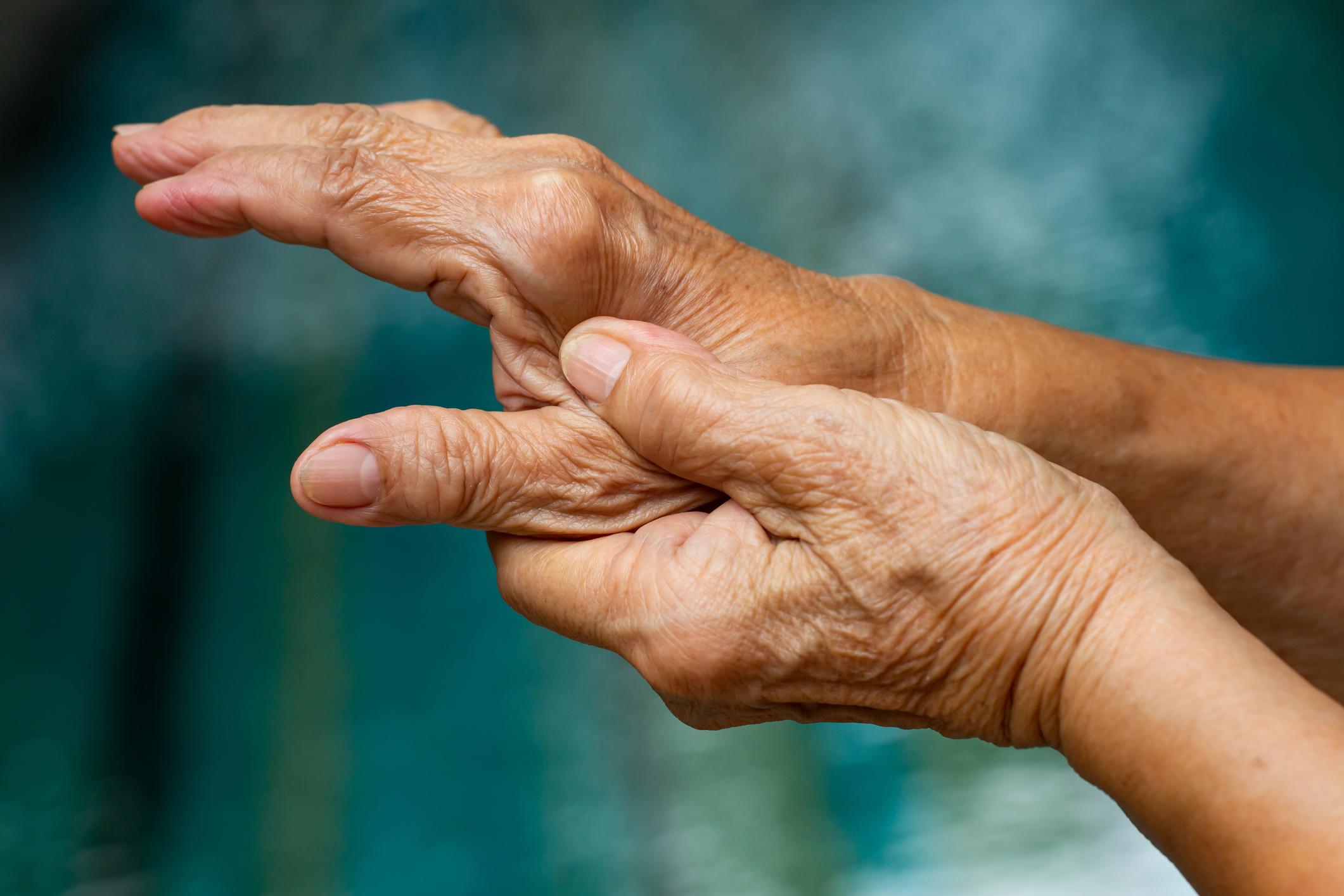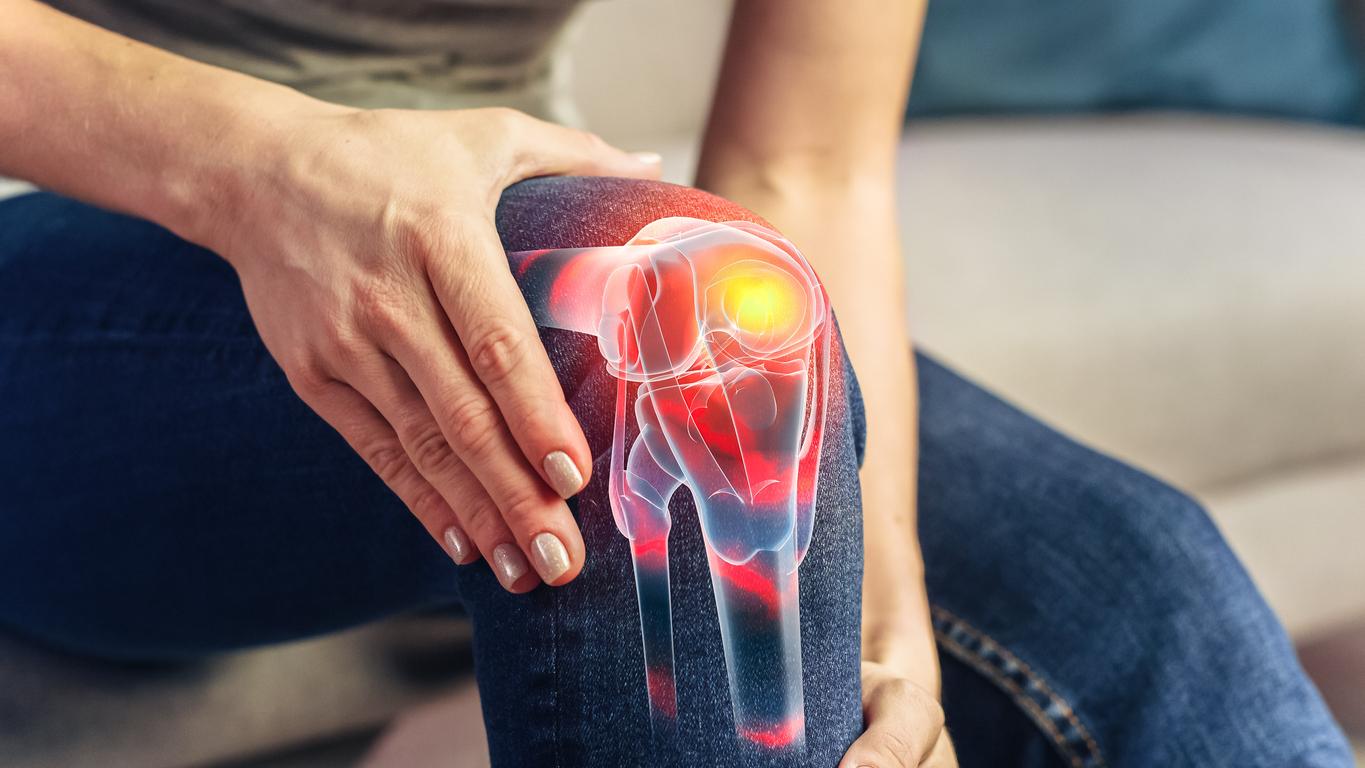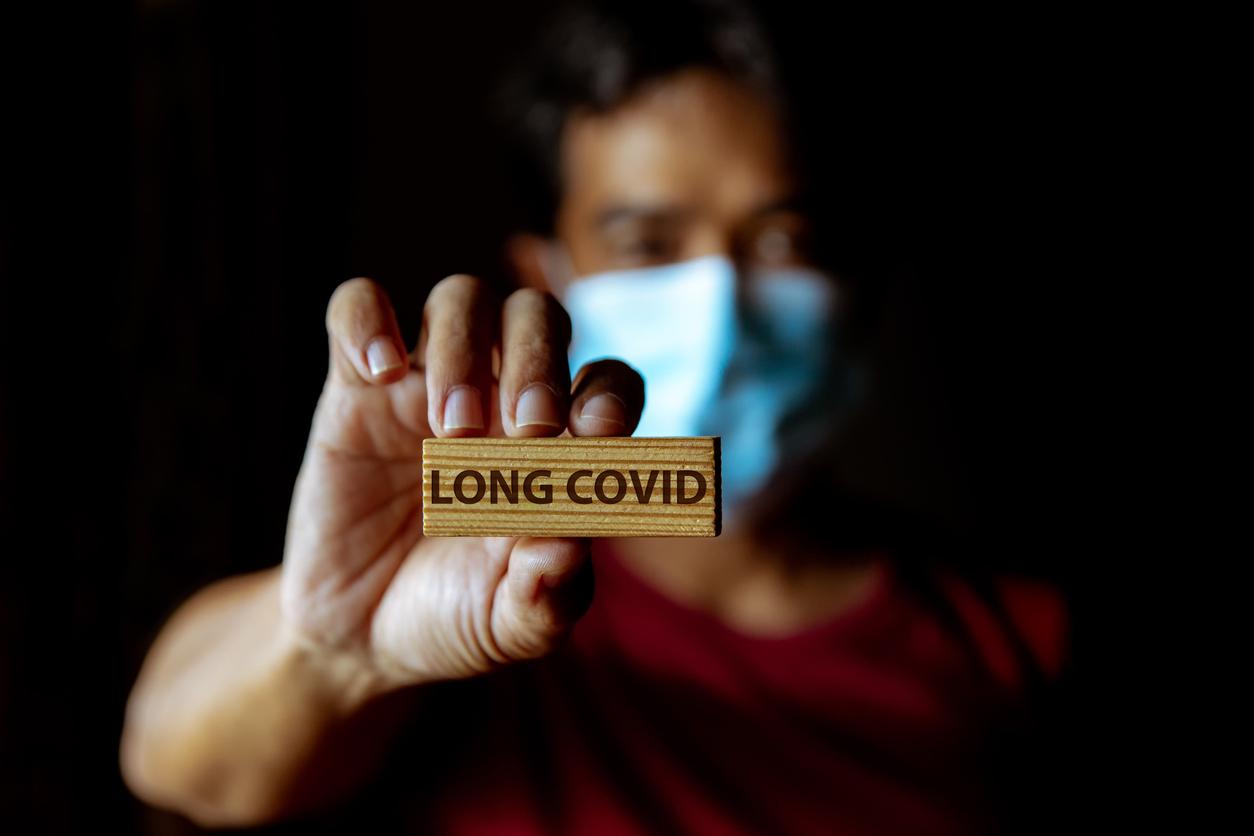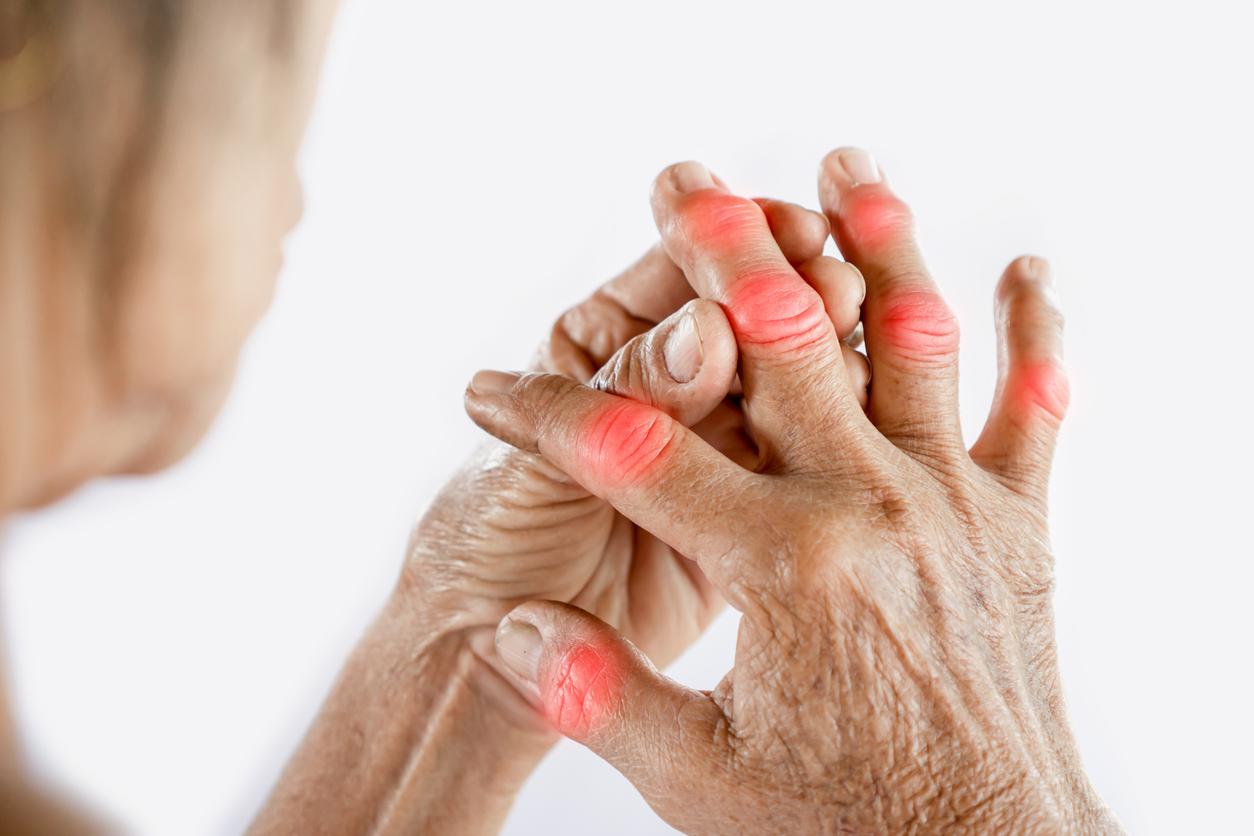A sign of nervousness or tic, the cracking of the fingers is a subject that divides the scientific community. Thanks to MRI, researchers are finally explaining the phenomenon.
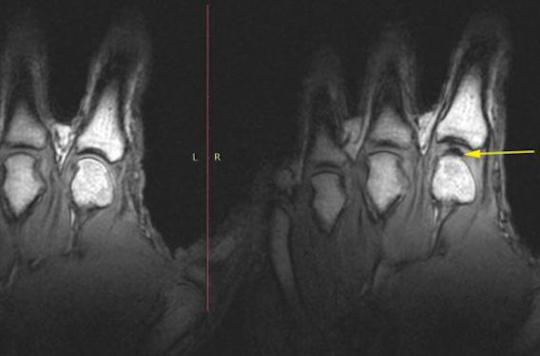
Some do it to relax, others are disgusted by this gesture. But what exactly happens when you crack your finger joints? Researchers from the University of Alberta (United States) have looked into the subject. They publish in PLOS One the results of a study using MRI, which for the first time made it possible to detail the mechanism at work during finger cracking.
A white flash appears
The cause of the cracking of the fingers has been debated since 1947. At the time, scientists theorized that a vapor bubble formed in the joint, causing the famous noise. A hypothesis called into question in the 1970s, when another team suggested that it was the bursting of a bubble that produced a sound effect.
Researchers at the University of Alberta therefore decided to start from scratch. “We call it the ‘pull my finger’ study, and we actually pulled someone’s finger and then looked at what’s going on in the joint through MRI,” says Greg Kawchuk, lead author of study. “
It was a member of the team, Jerome Fryer, who served as a guinea pig for his colleagues. Its originality: being able to crack your fingers on demand. One by one, each finger was placed in a tube connected to a cable which slowly pulled until a cracking sound was obtained. Meanwhile, a video MRI captured the process. It reveals the formation of a white flash just before the sound phenomenon, which had never been observed before.
A cavity filled with gas
The crunch is associated with the rapid formation of a gas-filled cavity in the heart of the synovial fluid, which helps lubricate the joints. “After this event, the cavity never collapses,” the researchers note. It is formed at the time of rapid separation of the joint and persists after the point of sound emission. “
It remains to determine how this gas formation acts on the bones. Previous work has shown that when a finger cracks, the energy released is sufficient to damage hard surfaces. But none have been able to demonstrate the detrimental effect of this habit over the long term. In fact, “the ability to snap fingers may be linked to good joint health,” recalls Greg Kawchuk.
.









